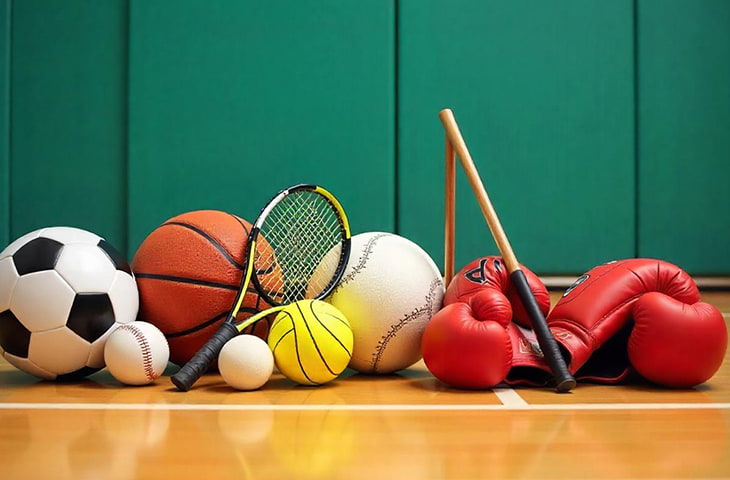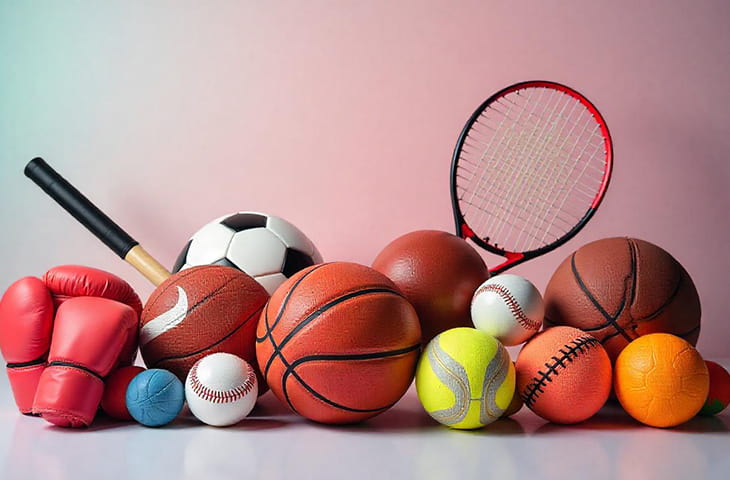The weather was warm and the play was hot in Atlanta for the latest stop on the PPA Tour.
Anna Leigh Waters and
Ben Johns both were after triple crowns, while everyone was anticipating the “breakup showdown” in women’s doubles. Big crowds in Atlanta was treated to a look at all of these issues and more.
1. One triple crown, and almost a second one
Anna Leigh Waters and Ben Johns both were in the hunt for triple crowns. While a triple is a commonplace event for Waters, Johns had not won one for a long time. Together, they breezed to a fairly easy gold at mixed doubles. They did not lose a single game, winning all 13 games they played by an average score of 11-3. Johns won his singles match over Connor Garnett in a tight three-game match, but was defeated in men’s doubles by the hot team of CJ Klinger and JW Johnson. Johns and partner Gabe Tardio made the final with a hard-fought semifinal win over Team Power Forward, Christian Alshon/Andrei Daescu, 10-12, 11-3, 11-4. Meanwhile, Waters was able to convert her triple, with wins in women’s doubles (more on that below) and a singles win over Kate Fahey, 11-1, 7-11, 11-1.
2. The breakup final was much anticipated
Going into Atlanta, the match everyone wanted to see was in women’s doubles. This would be the first tournament where Waters would play with Anna Bright. Because of that new partnership, two old partnerships went by the wayside, as Catherine Parenteau and Rachel Rohrabacher were both left partnerless by the Waters/Bright combo. As expected, Parenteau and Rohrabacher teamed up and Atlanta would be their first tournament together. Seeded #1 and #2, the two teams could only meet in a final. And that is what happened, as they only lost one game between the two teams before the final. While the final was much anticipated, it did not quite live up to the hype as Waters and Bright won comfortably, 11-4, 11-7, 11-3.The reason why Waters switched to Bright was easily seen from this match. Waters and Bright are both strong on defense and offense, and thus can comfortably play both left and right side. However, Rohrabacher and Parenteau are both right side, defensive-oriented players, and thus neither was as productive on the left side. Parenteau ended up playing more on the left, but Waters and Bright were able to exploit Parenteau’s lack of top level offense, constantly initiating firefights both down the middle and down Parenteau’s sideline.
Parenteau and Rohrabacher are both top ten players, but it will be interesting to see if other top teams can pick up on their limitations and exploit them as Waters and Bright did. Obviously, Waters and Bright play at the highest level, but their strategy should provide a blueprint for other teams to try against Parenteau and Rohrabacher. Expect to see Waters and Bright dominate for the rest of 2025, but Parenteau and Rohrabacher are beatable, so I do not expect to see these teams face each other in every event.
3. The twoey is here to stay
As I have been writing for quite some time, the two-handed backhand is becoming a dominant shot in pro pickleball. We saw this on display in Atlanta. Players who not all that long ago exclusively hit only one-handed backhands were displaying their twoey prowess in Atlanta. Ben Johns was cracking two-hand drives, Andrei Daescu tossed in a couple of twoeys, and just about everyone was defending slams and power shots with two-hand short hops off the backhand side. The two-hand backhand is now a staple of the pro game. All amateurs should either be using a twoey or practicing to develop a twoey. It is an indispensable shot in modern pickleball.
4. No chalk in men’s singles
The toughest event to predict remains men’s singles. This is easily seen by looking at how many top seeds do not make the round of 16. In women’s doubles in Atlanta, all 16 of the top 16 seeds made the round of 16. In mixed doubles, it was 15 of 16. In men’s doubles, it was 14 of 16. In women’s singles, which is becoming more competitive, it was still 13 of 16. The odd event was men’s singles, in which only 9 of the top 16 seeds made the round of 16. Further, of the nine top 16 seeds who made the round of 16, five of them had to win in three games in the round of 32. In other words, only four men’s singles players were able to make the round of 16 without losing a game. Upsets happen all the time in men’s singles, with top seed Federico Staksrud’s first round loss in Atlanta a perfect example.
The players will turn their attention now back to MLP, with events set in Austin, Phoenix, and Daytona Beach. The PPA tour will be back on June 16 for the Select Medical Orange County Cup from San Clemente.
Every event will be on Pickleballtv, so catch all the action.



